The nuances of caring for raspberries
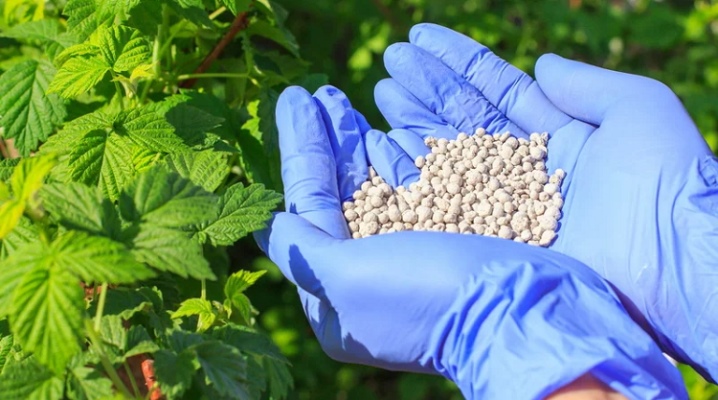
Raspberries are a crop without which it is almost impossible to imagine the plots of most gardeners. The sweetest berries, harvested in large quantities every season, are the result of proper plant care.
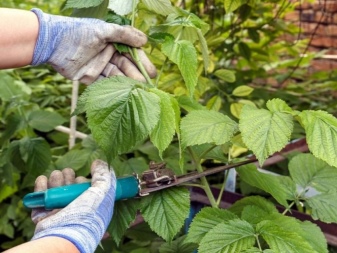
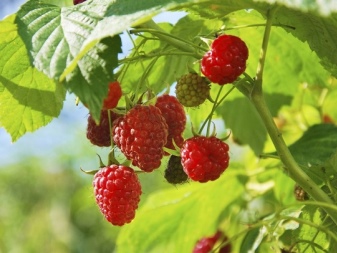
Watering
Regular irrigation of the crop is an important part of raspberry care. Since a significant part of the root processes is located in the upper layer of the soil, a violation of the timeliness of moisture intake has an extremely negative effect on the condition of the plant. Watering plays the most important role during the periods of flowering, growth and ripening of the fruits of a culture that lives in the country in the open ground or in a greenhouse. In general, the frequency and abundance of irrigation are adjusted depending on the weather conditions. For example, drought and sun require a more intensive supply of moisture, and during prolonged rains, it is allowed to completely abandon this procedure.
When watering, it is important to monitor that the drops flow to a depth of 30-40 centimeters. If the water simply spreads over the territory, it makes sense to think about installing a frame or forming an earthen embankment. The first one is easily constructed from wooden planks or slate sheets, slightly buried in the ground. The earthen embankment turns out to be no less effective. On average, crop irrigation is carried out twice a week. The amount of water used increases significantly between the end of May and July.
The procedure is recommended to be carried out late in the evening, so that during the night all moisture has time to penetrate into the ground. If you do this in the morning, then most of the water will simply evaporate from the surface, without reaching the root system.
It should be mentioned that if the soil of the beds with berries is hidden under agrofibre, it makes no sense to raise the canvas during irrigation, because it has excellent moisture conductivity. The frequency of the procedure in this case is determined only depending on the weather.

Top dressing
Raspberries are very fond of fertilizers - regular intake of nutrients accelerates its development, improves the characteristics of the formed fruits... In spring, berry bushes need organic mixtures, as well as phosphorus, potassium and nitrogen. The primary use of fertilizer is done as soon as the snow melts. Even before the soil is loosened, it is enriched with nitrate or urea. After watering the bushes, each square meter will have to be fed with 15 grams of granules of the first drug or 20 grams of granules of the second. To enhance their effect, it is proposed to scatter a glass of ash under each bush, then loosen the beds and be sure to mulch.
In May, it is recommended to fertilize the crop with mullein. The substance is first diluted with water in a 1: 2 ratio, then it is infused for a week and, finally, it is diluted with liquid again: for every 2 liters of fertilizer, 10 liters of clean water are required. The finished mixture is poured under the bushes. The formation of ovaries is accompanied by the introduction of superphosphates into the soil. During flowering, raspberries will need a complex mixture obtained from 100 grams of carbamide, as well as ash and superphosphate, taken in the amount of one glass each.
At this point, it is not forbidden to use organics again, or rather, a solution of chicken manure.
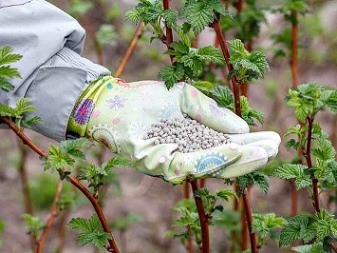
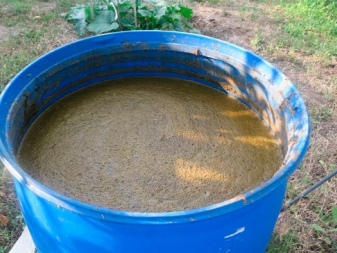
To prepare a homemade fertilizer, the substance is first mixed with water in a ratio of 1 to 5, and then infused for 5 days. Subsequently, each liter of the mixture is diluted with 20 liters of water. After the beginning of fruiting and the first pruning, the culture can be fed with nitroammophos, 40 grams of which will be enough to process one square meter of beds. However, this can only happen in the fourth year of the instance's existence. After harvesting, each bush is proposed to be fertilized with 3 liters of humus, combined with 100 grams of saltpeter. Fertilizing raspberries in late autumn, for example, in October, is also allowed with a potassium-phosphorus mixture, 60 grams of superphosphate and 40 grams of potassium salt of which are sent under each bush.
In principle, at any stage of plant development, organic fertilizing is useful for it.... This can be fresh manure diluted with water in a ratio of 1 to 10, as well as poultry manure, prepared in a ratio of 1:20. A variety of herbal infusions are also popular: nettle, comfrey or potato tops in the amount of one kilogram is poured with a bucket of liquid and infused for a week and a half. If you feed raspberries with Bordeaux mixture or copper sulfate, it will be possible not only to increase the nutritional value of the soil, but also to disinfect and prevent the development of diseases and the attack of pests. When using organic matter, the soil must be moistened in order to avoid scalds of the root system. It will be more correct to carry out the procedure on a cool and cloudy day.
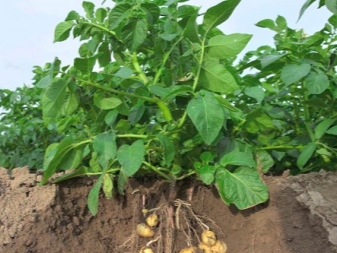
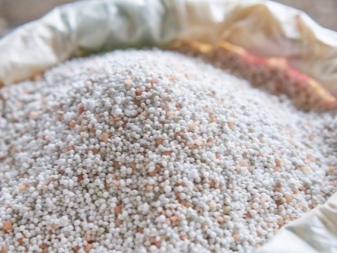
Pruning
The technology by which the pruning of raspberry bushes is carried out differs depending on the season.
In autumn
At the end of the season, all shoots of two years old, from which the fruits have already been removed, are removed from the culture. This happens because next year they will not be able to bear fruit, and it makes no sense for the culture to continue to feed them. If the variety is not remontant, then the haircut is carried out at the junction of summer and autumn, otherwise the procedure can be carried out only after the second harvest, practically before frost. The above shoots should be cut at the root, and then ideally burned.
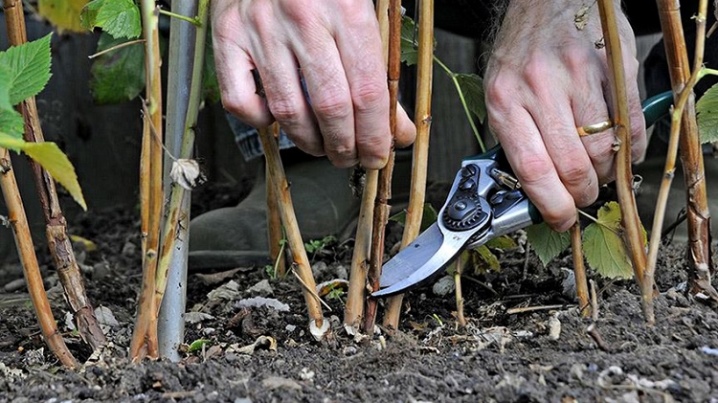
In the spring
In spring, bush berries undergo sanitary pruning. All branches that have broken under the weight of snow, as well as diseased or underdeveloped specimens are removed from the plant. If the shoot is frozen, then it will be enough to shorten it to the first healthy bud. Only the best branches should remain in the raspberry tree - strong, tall, thick and healthy. In addition, you should avoid thickening and make sure that there are no more than 10 shoots per square meter. During the season, the raspberry tree should be cleaned of excess growth, which "pulls" nutrients from the fruit. In addition, it will be necessary to remove shoots that grow beyond the meter width of the raspberry tree.
Mention should also be made of the possibility of holding double pruning by the Sobolev method. In this case, at first, no more than 4-6 strong shoots are left on each berry bush. Then, as soon as the length of the annual branches reaches about a meter, their tops will need to be shortened by 10-15 centimeters. You have to manage with this procedure until the first ten days of June. Finally, next spring, when fresh leaves hatch on the bush, the plants will need to pinch 10-15 centimeters of those upper shoots that have formed due to the initial pruning.
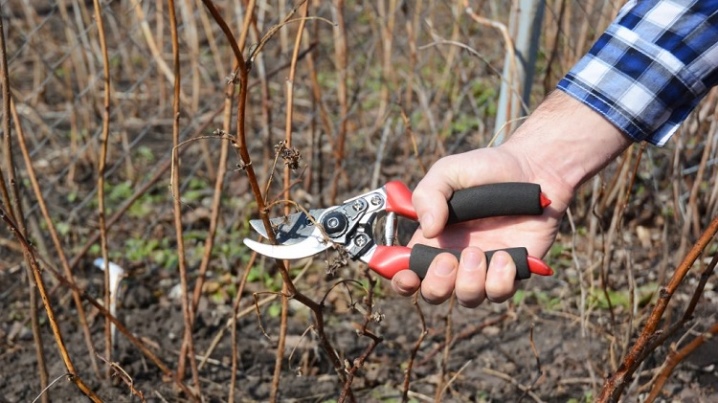
Treatment against diseases and pests
The most common diseases that follow raspberries growing in the garden are gray rot and anthracnose. To prevent fungal infection, it is recommended to treat the culture with a solution of Bordeaux liquid. In spring, it is more successful to use a 3% solution, and before opening the buds, a 1% solution. In addition, the bushes can be sprayed with "Fitosporin", as well as exposed to charcoal and ash. As for anthracnose, it is possible to avoid its appearance by treating the bushes with a solution of "Nitrafen".It is prepared from 200 grams of the drug and 10 liters of settled water. When budding, the plant can be additionally sprayed with Bordeaux liquid.
Of insects, berry bushes are regularly attacked by spider mites, raspberry beetles, weevils and others.... For the destruction of pests, Nitrafen is used, applied immediately after the snow melts, as well as Fitoverm, introduced during flowering.
"Aktellik" and "Karbofos", used in early spring and late autumn, have a universal effect.
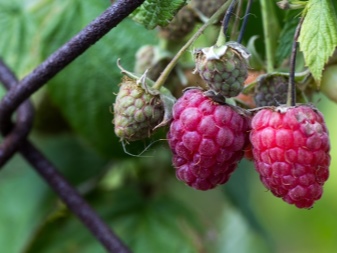
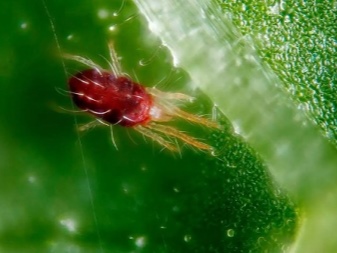
Preparation for wintering
It is not enough to properly care for raspberries during the season - it is also necessary to create conditions on the site that will allow them to survive the winter. If the plant is simply tied up and left on the site in an upright position, those of its buds that do not hide under the snow will die. Agricultural technology requires the garden raspberries to be bent as much as possible to the surface of the beds and fix them with special brackets in a static position. The stems must first be cleaned of leaves.
The bush is covered with snow, and if there is not enough snow, then with insulating material or fallen leaves. I must say that the southern regions, for example, the Rostov region, do not require additional cultural shelter, but in the Moscow region, and even more so in Siberia, one cannot do without it.

Possible mistakes
If raspberries do not bear fruit, then the problem may lie in non-compliance with the rules of agricultural technology. For example, similar problems in raspberries arise due to thickened plantings or a large number of old dry branches and frozen tops. Nothing complicated in this case will have to be done - just carry out the pruning in a timely manner. Difficulties with the harvest, including if it becomes shallow, are sometimes provoked by excessive weighting of the soil... To correct the situation, every weeding and fertilization is accompanied by loosening the beds. Sometimes insufficient watering is "responsible" for the reduction in the size of the fruit.
The crop grows poorly due to a lack of fertilizers, mainly potassium and sodium. The plant does not bloom due to all of the above reasons, and does not give new shoots due to the deepening of the root collar or the effects of pests. Finally, the berries of the culture crumble into grains when they lack liquid and the air humidity is too low.
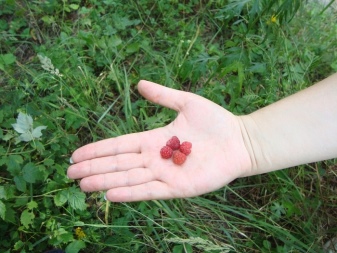
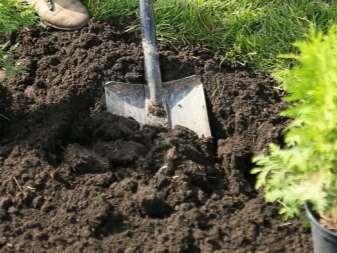
Useful Tips
All gardeners agree that growing raspberries is impossible without mulching the plantings. The presence of this layer not only provides protection against weeds, but also retains moisture in the soil for a long time, so that irrigation can be carried out less often. You can mulch the soil with cut grass, fallen leaves, straw or hay. It is also possible to cover with sawdust. An unusual solution is to create a mulch layer of straw manure in the root zone. The dried substance prevents the evaporation of moisture from the ground. In addition, it evaporates and nourishes the culture with the necessary elements. However, it is important to ensure that the thickness of the manure mulch does not exceed 5 centimeters, otherwise the young seedlings will not be able to break through the crust.
The timing of the creation of the mulch layer is determined depending on the climatic situation in the region, as well as on how much the earth has warmed up after winter. As a rule, the first time mulching is carried out in the spring after the application of mineral fertilizers. If you do this before feeding the crop, then the layer will disrupt the flow of nutrients to the root system.
If mulching is not carried out, then the space between the rows is necessarily covered with a non-woven material that does not transmit light. In addition, the beds will need to be loosened regularly.
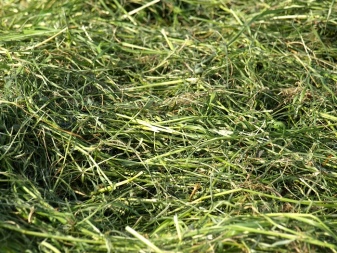
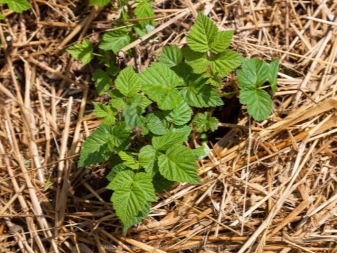













The comment was sent successfully.